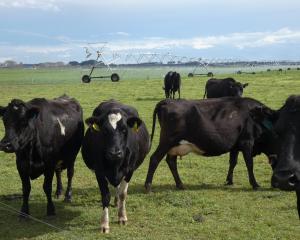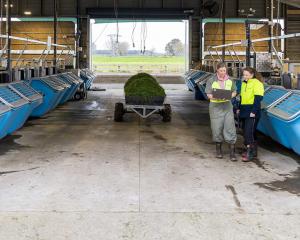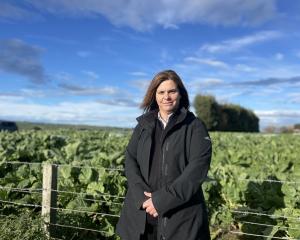
Work is under way to develop a new surveillance approach for the beef industry and the focus is increasing on improving communication to affected farmers, the public and staff.
The report, released this month and following the group's meeting in late November, provided independent validation the eradication programme was ''on track'', he said.
Mr Gwyn said the findings and recommendations were not surprising. Some of the recommendations were relatively simple to implement or were already in train, while others would need careful consideration before a decision was made.
Eradication remained technically feasible based on the evidence presented, the report said.
The prevalence and incidence within the beef industry remained unknown and, although likely to be low, potentially remained a source of infection.
There was an urgent need to design and implement an effective surveillance strategy for the beef industry, and to undertake a risk analysis of transmission between the dairy and beef sectors and vice versa, it said.
It was assumed the majority of infected dairy herds would have been detected by June 2020, and that an extended period of ongoing surveillance testing to demonstrate freedom from disease at industry level would then be required.
Communication with affected herd owners and key stakeholders needed to be improved, the report said.
Threats to eradication included lack of clarity of the end goal, failure of the NAIT system to reliably capture risk animal movements with a high degree of completeness and accuracy, establishment and propagation of other M bovis incursions into New Zealand and/or infection being more widespread than currently believed, loss of social licence, presence of M bovis in the beef industry without a sufficiently sensitive surveillance system for beef herds, inability to resource the eradication with appropriately trained people, and fatigue of staff, resulting in slow or poor decision making.
Concerns had been raised by some farmers around the timeliness and transparency of decision-making. That might affect compliance and trust among the farming community.
Clear and timely communication with herd owners and other stakeholders was of critical importance to the eradication campaign.
DairyNZ chief executive Tim Mackle said the report confirmed the right decision was made in May last year to pursue phased eradication, rather than opt for long-term management of the disease.
''Removing the disease is preferable to allowing it to spread throughout the country. If we hadn't moved to eradication, the alternative - to let this disease spread throughout our stock - would have been a serious challenge and the costs significantly higher,'' Dr Mackle said.
Beef + Lamb New Zealand technical policy manager Chris Houston said the organisation was working closely with MPI and partners to determine the best approach for beef surveillance.
''We all recognise this is a complicated issue that needs to be thought through carefully, taking into account the prevalence of the disease and accuracy of the testing,'' Dr Houston said.
Available evidence suggested the prevalence of unknown disease in the beef industry was extremely small and the amount of resources required to survey every beef farm looking for the disease would be huge.
''Effectively, it would be like looking for a needle in a haystack.''
Nationally, the number of ''active'' infected properties as at February 8 stood at 32, the latest figures from MPI showed.














